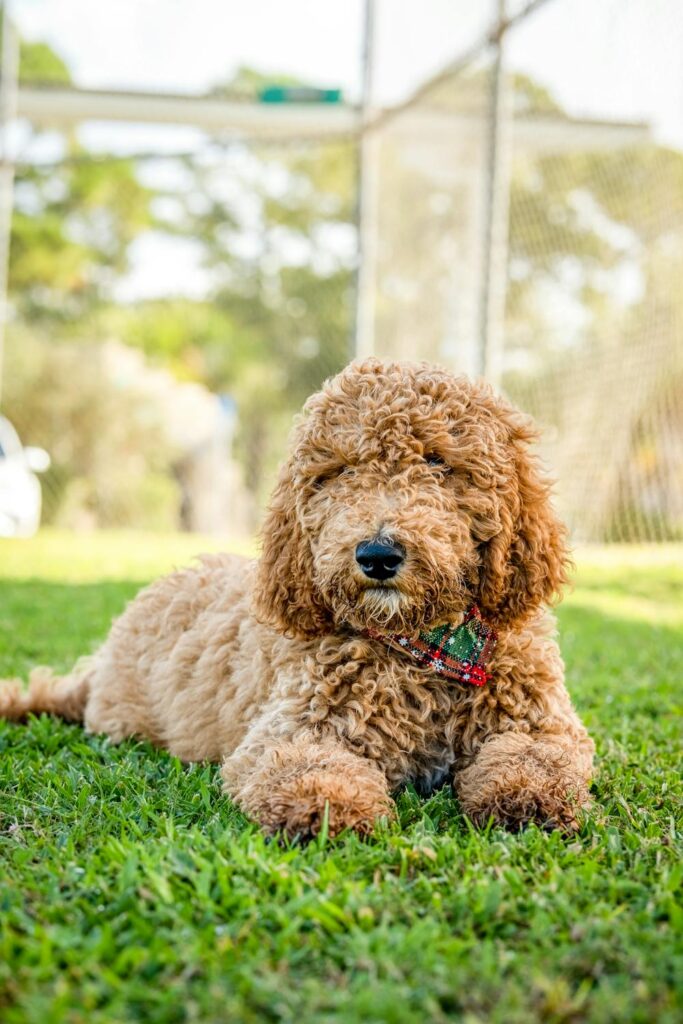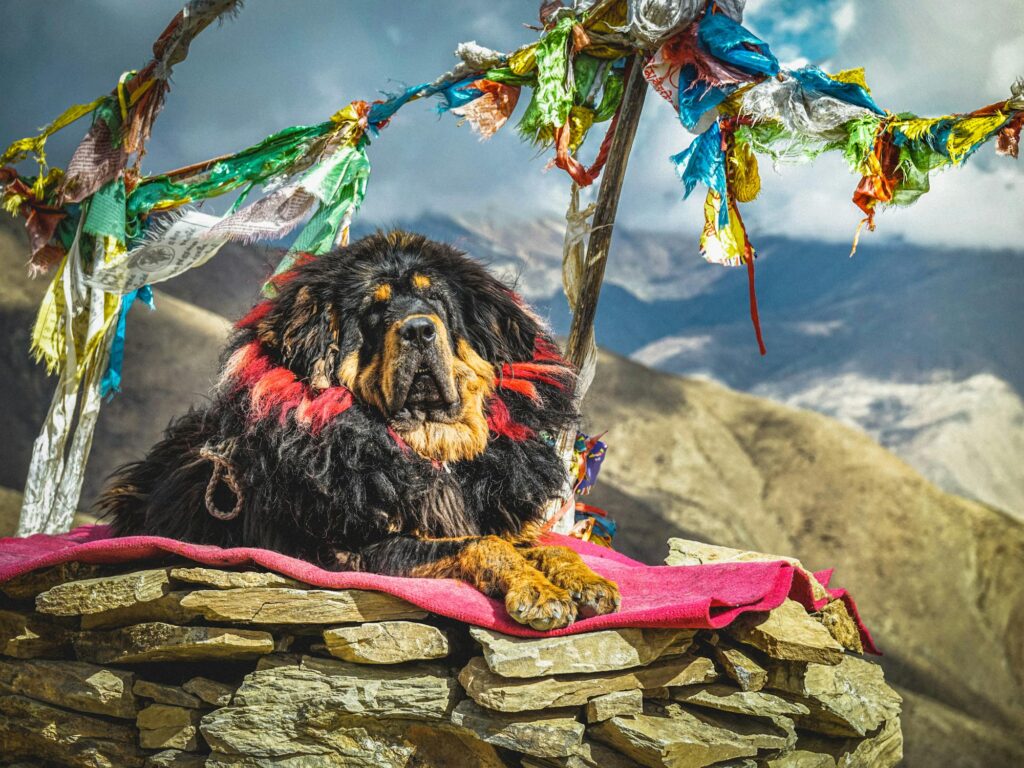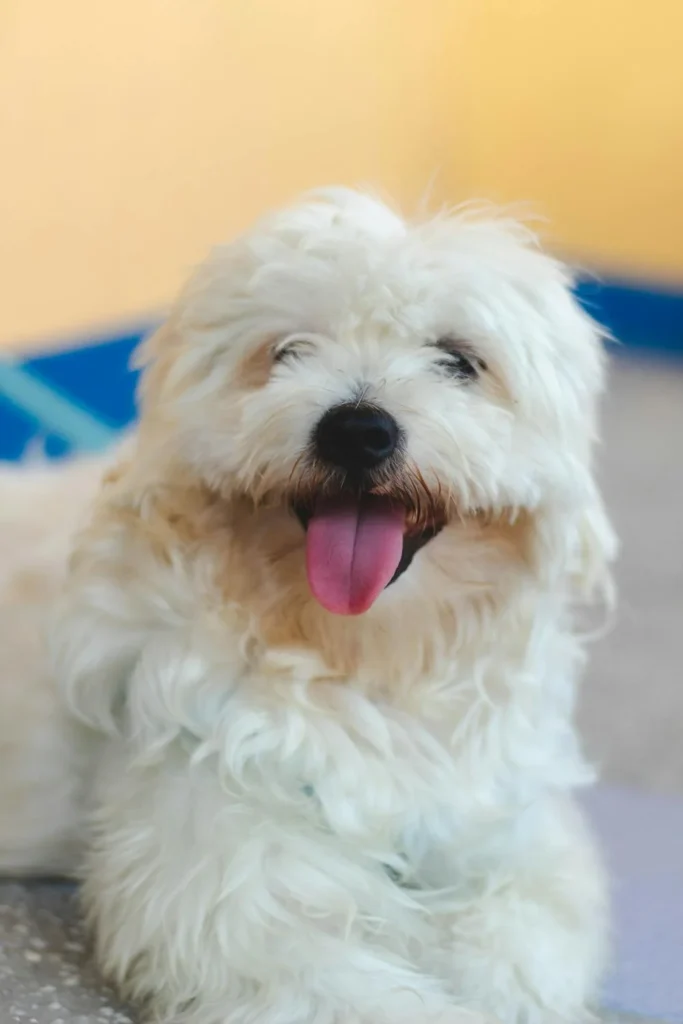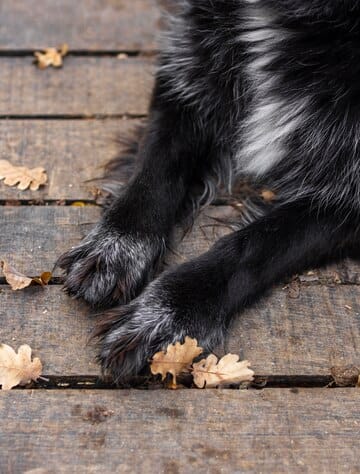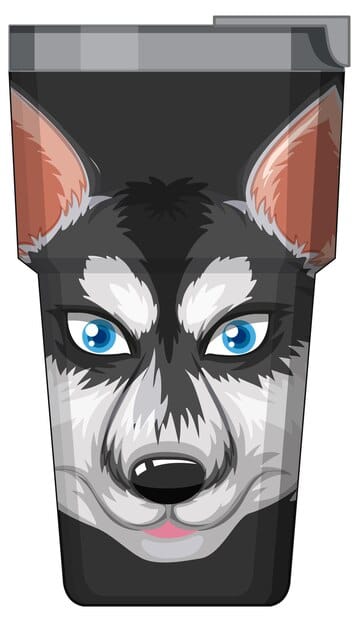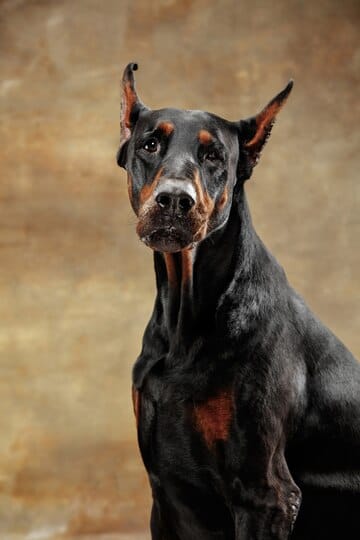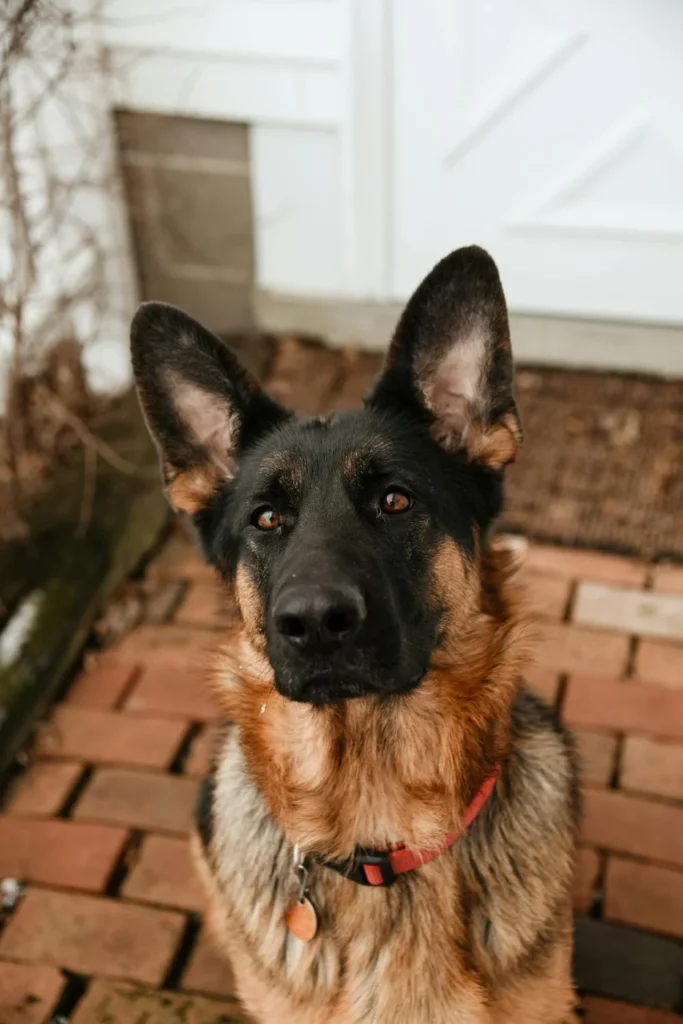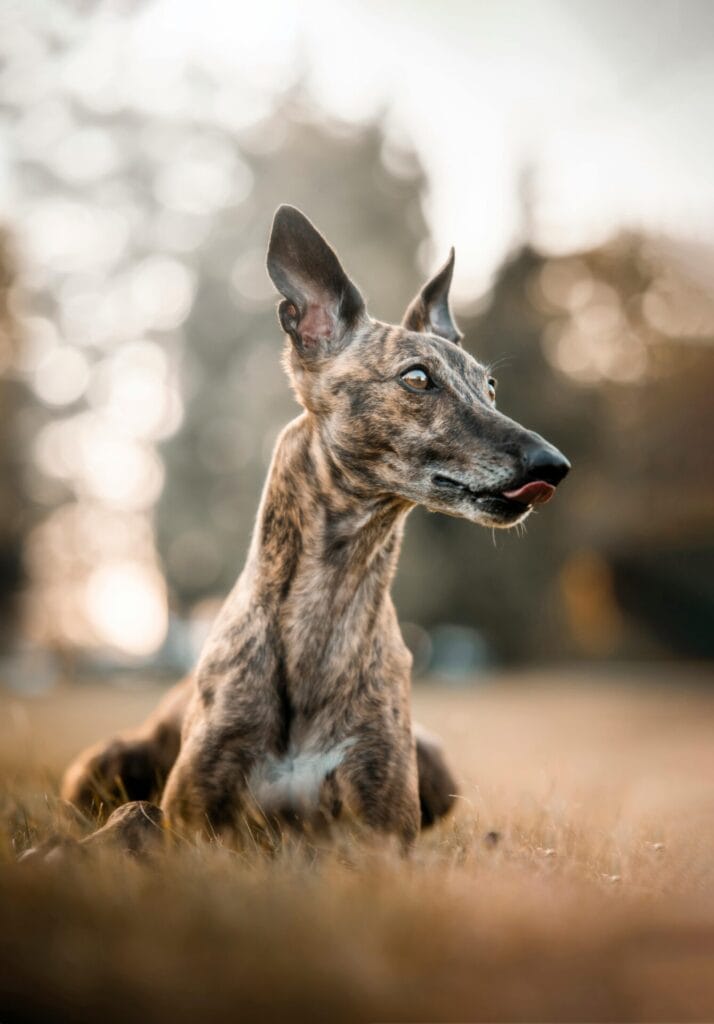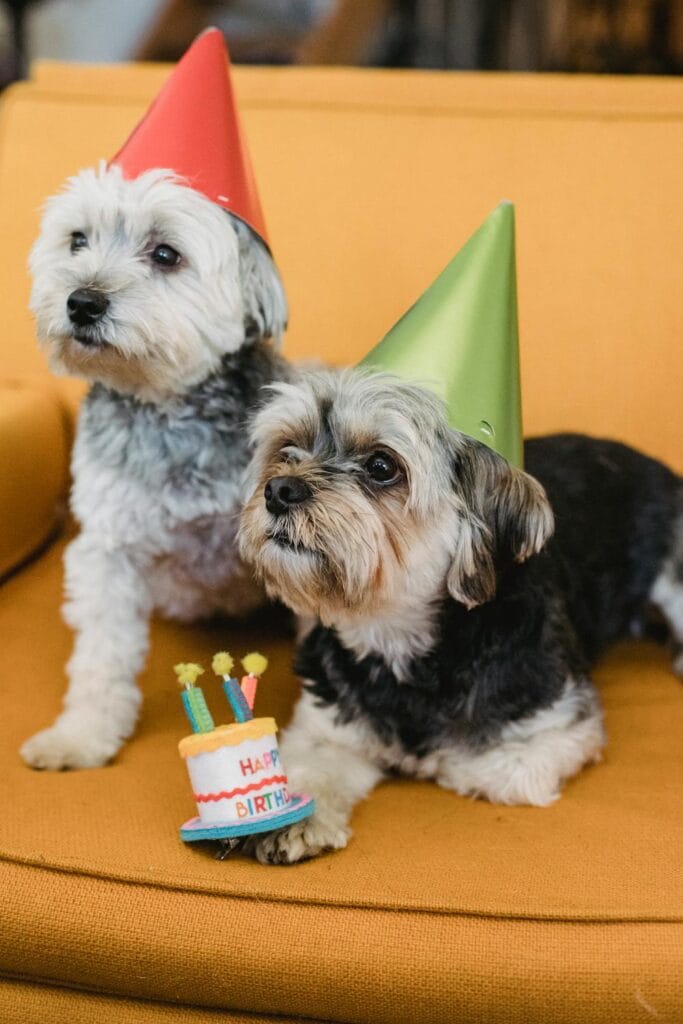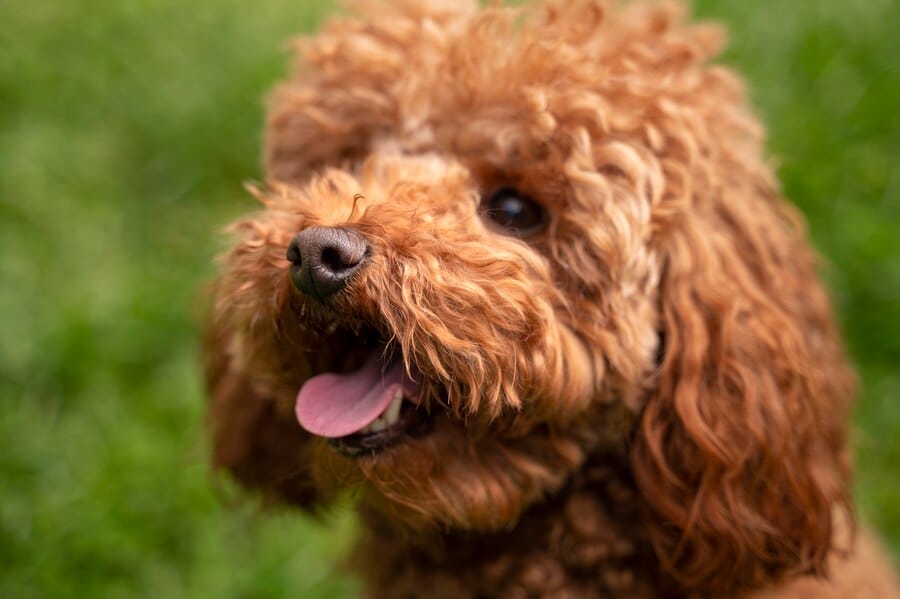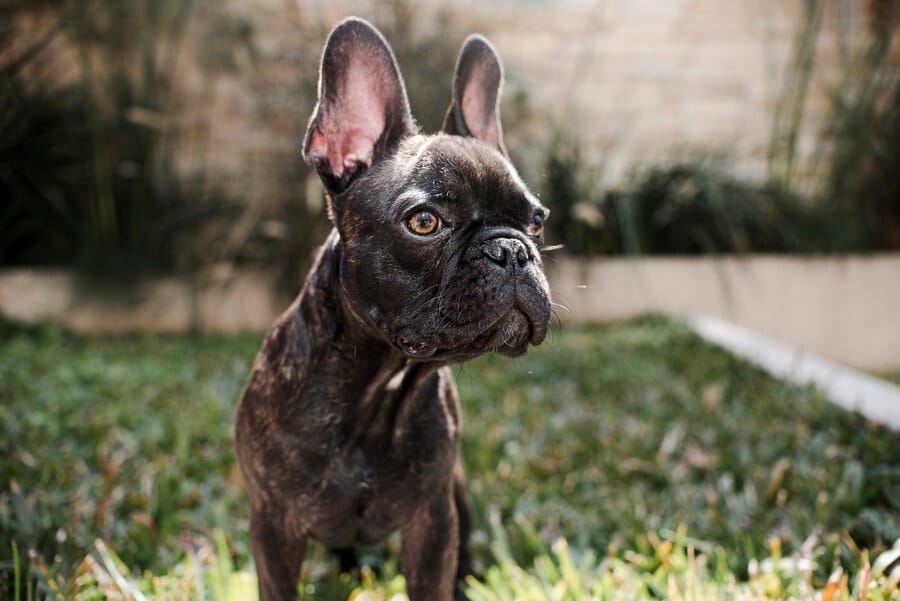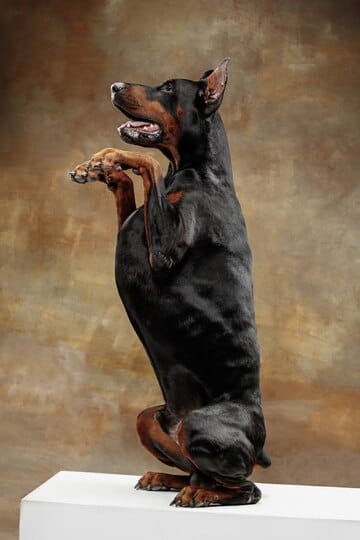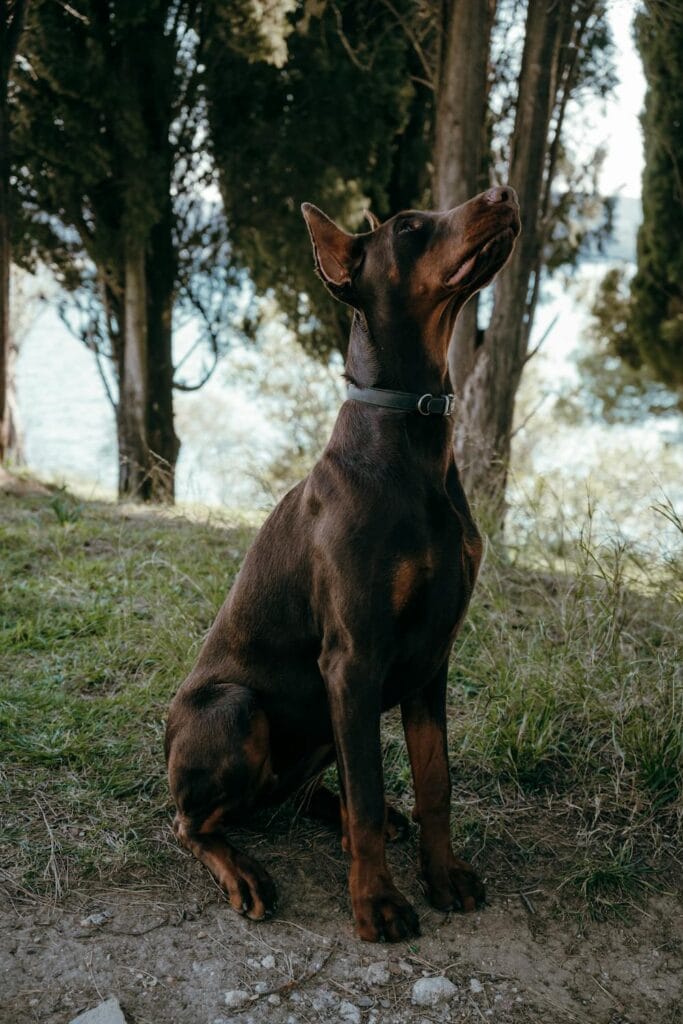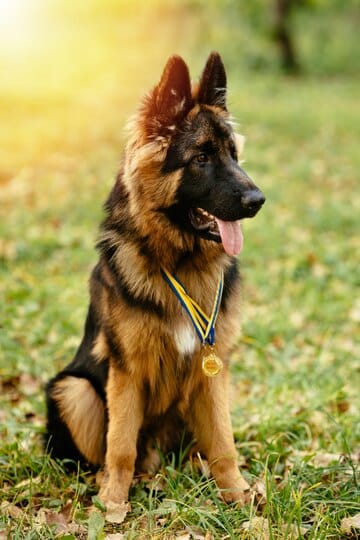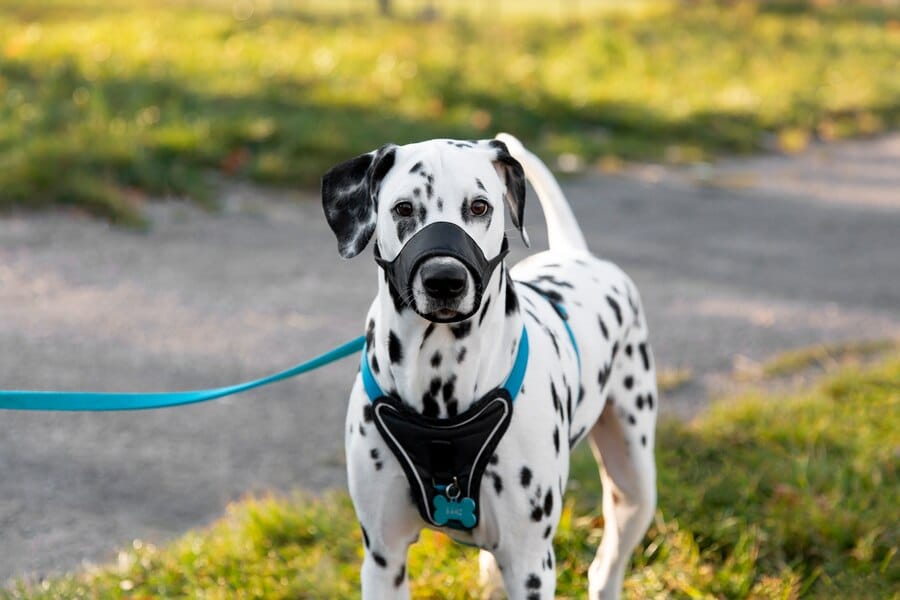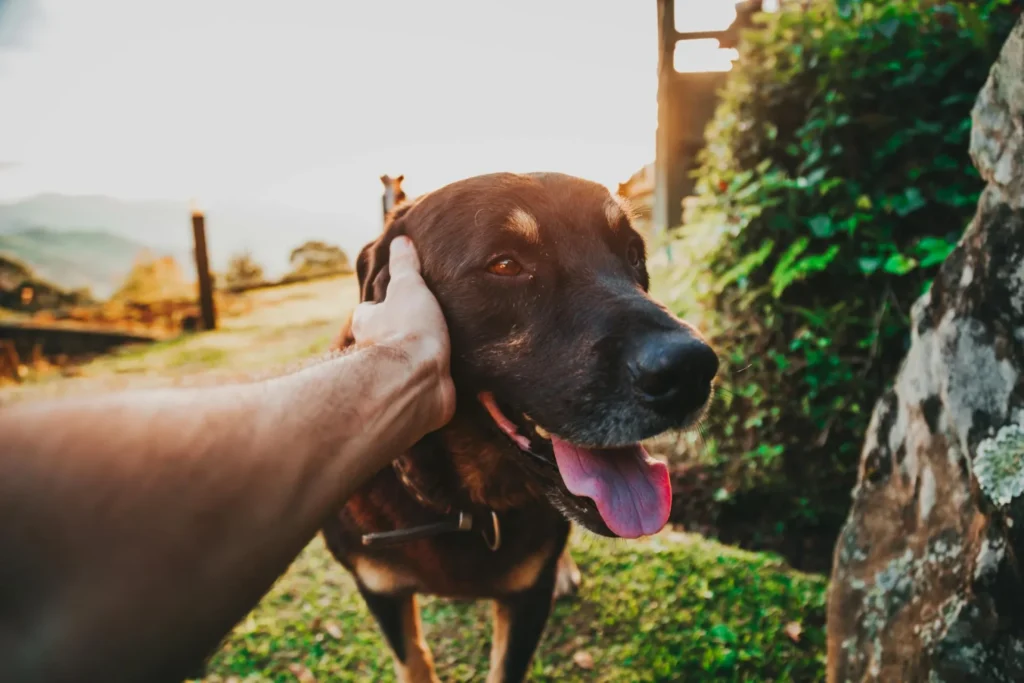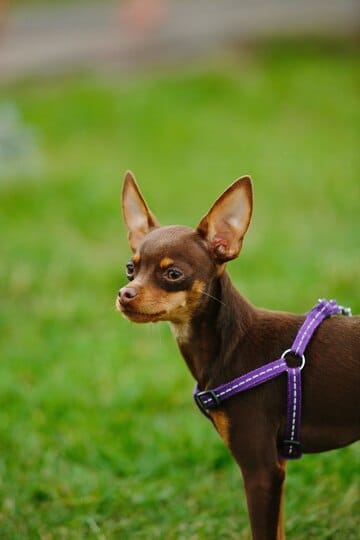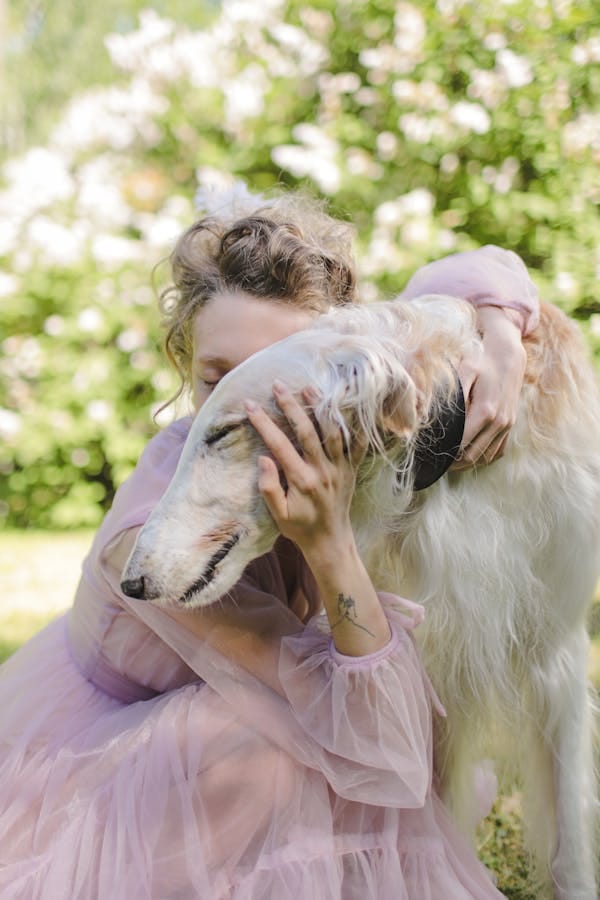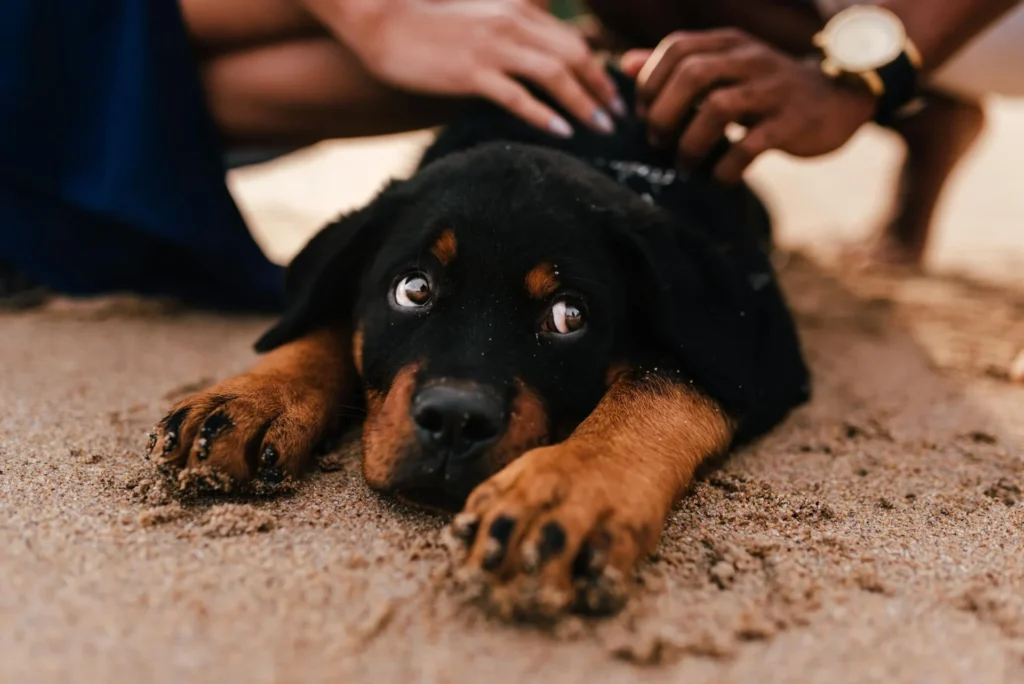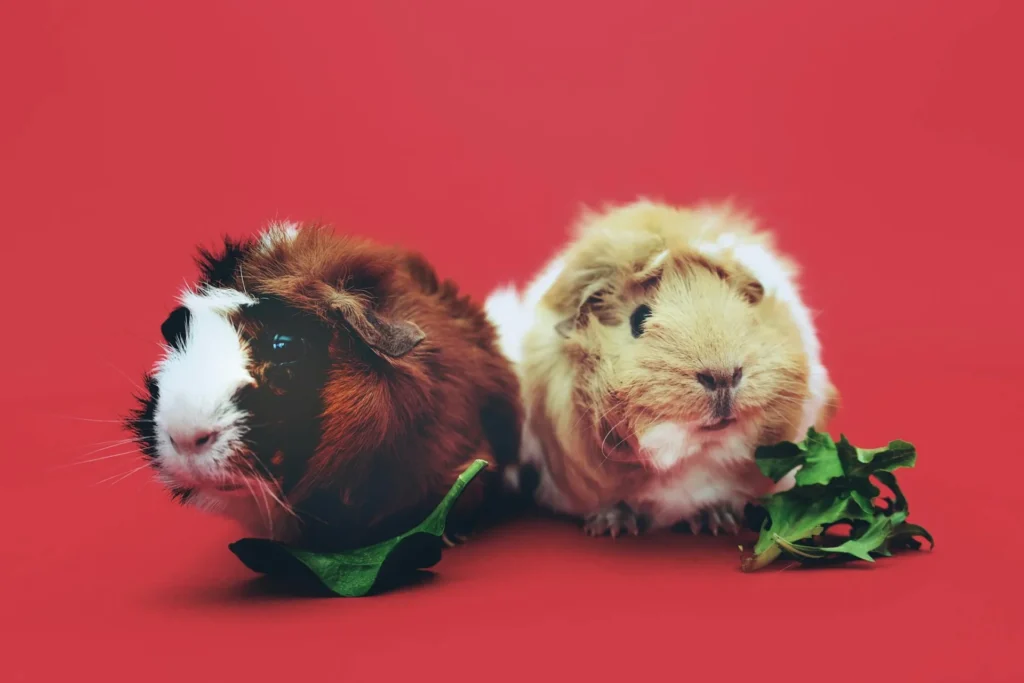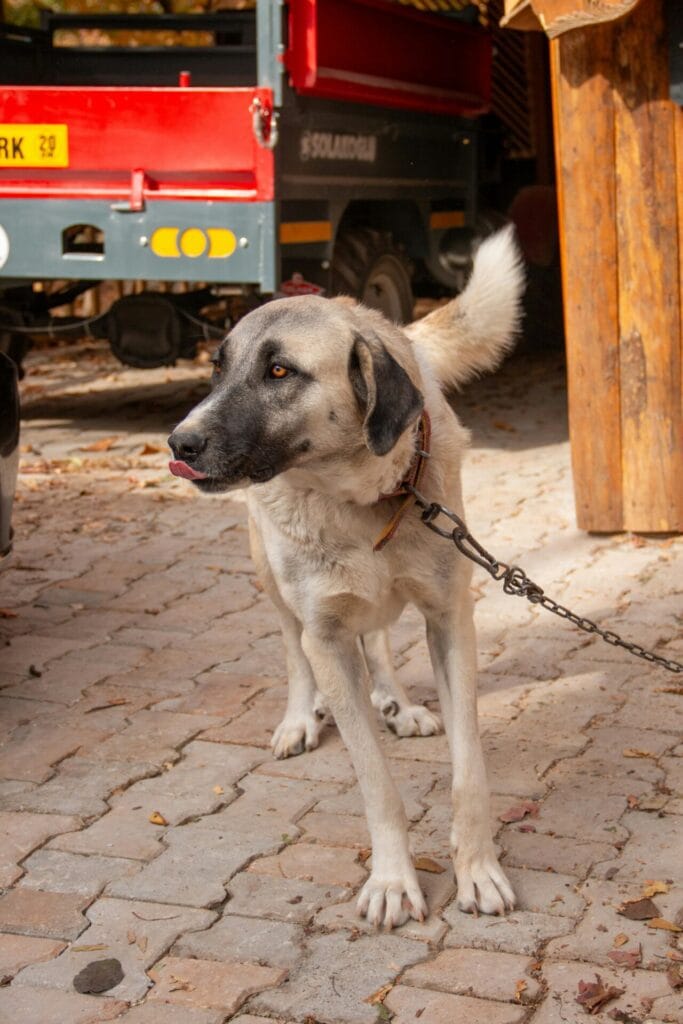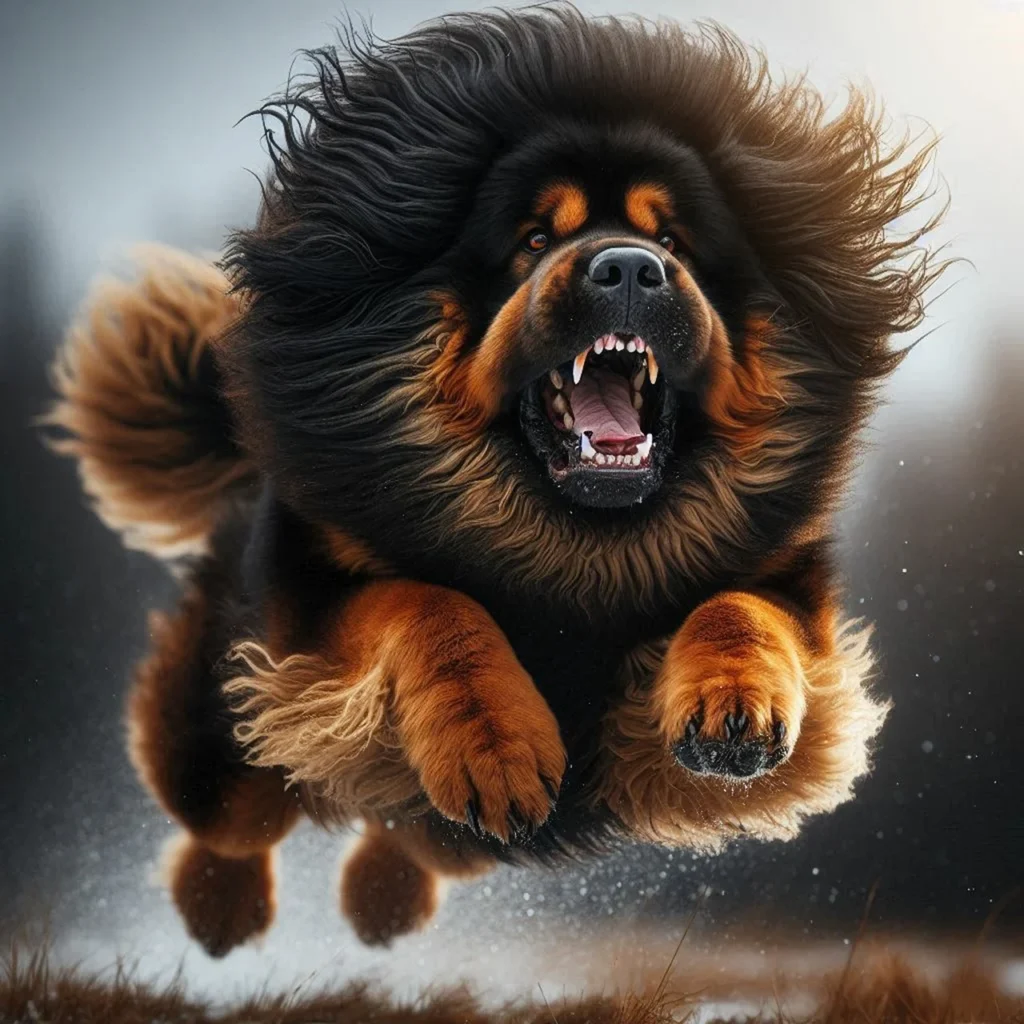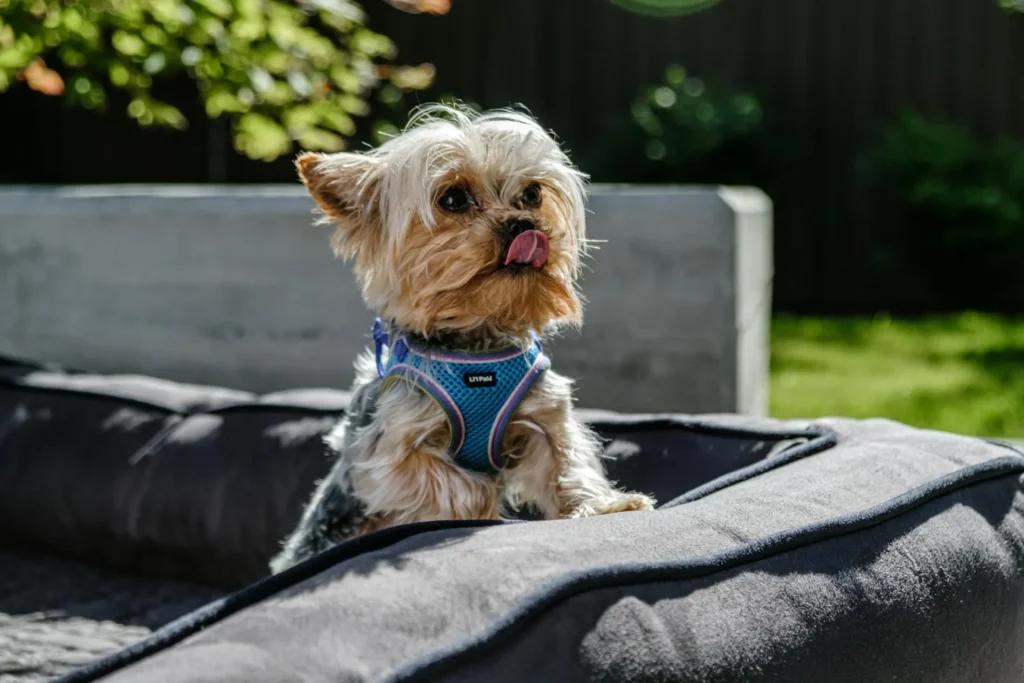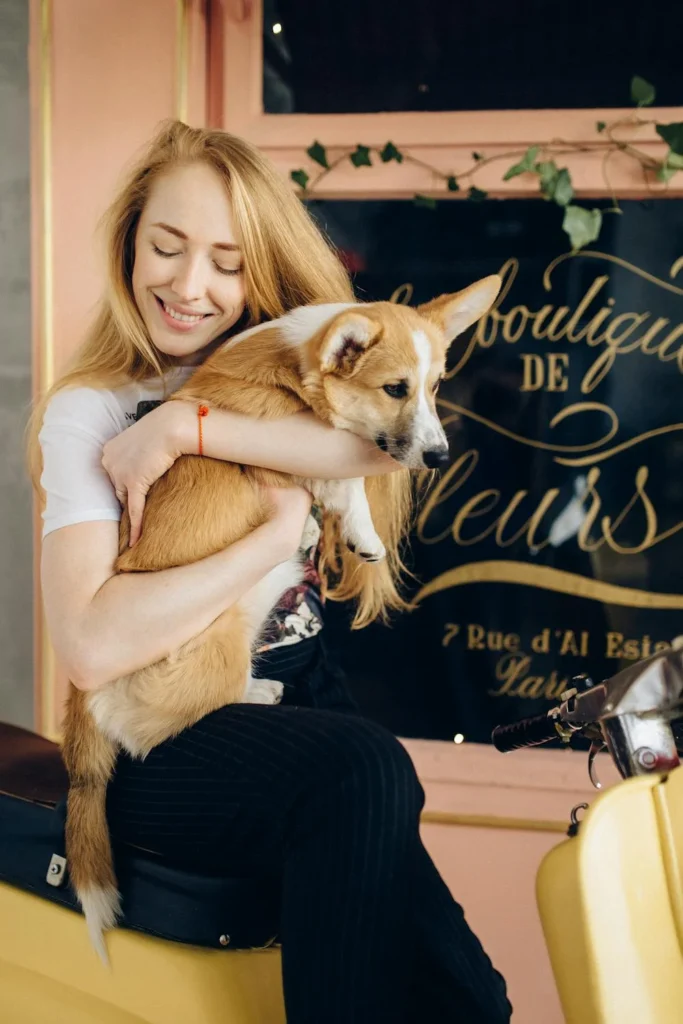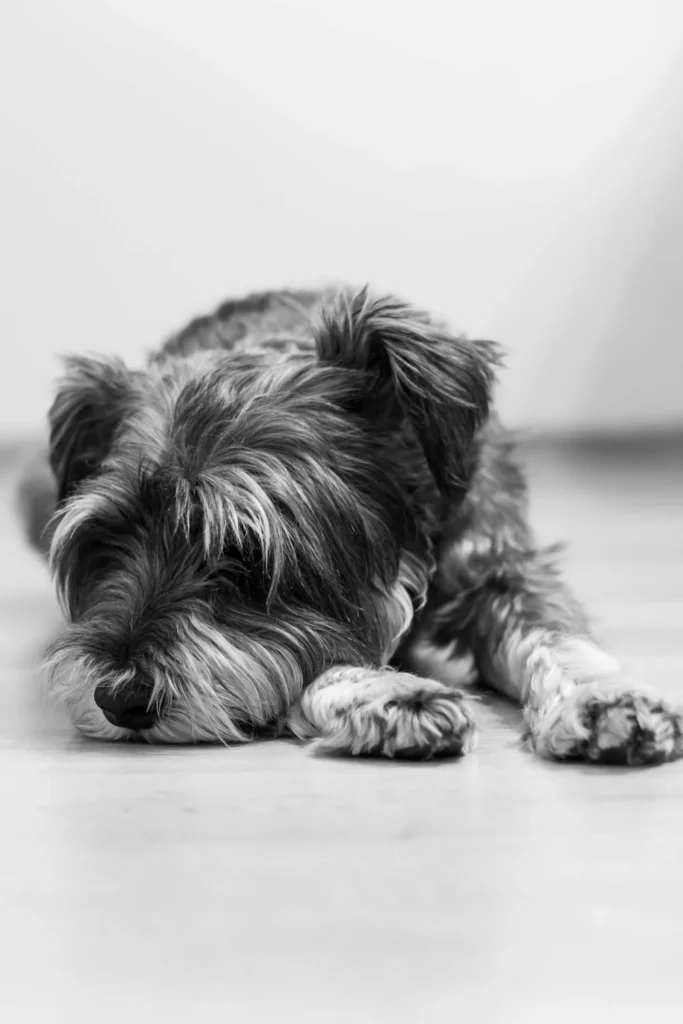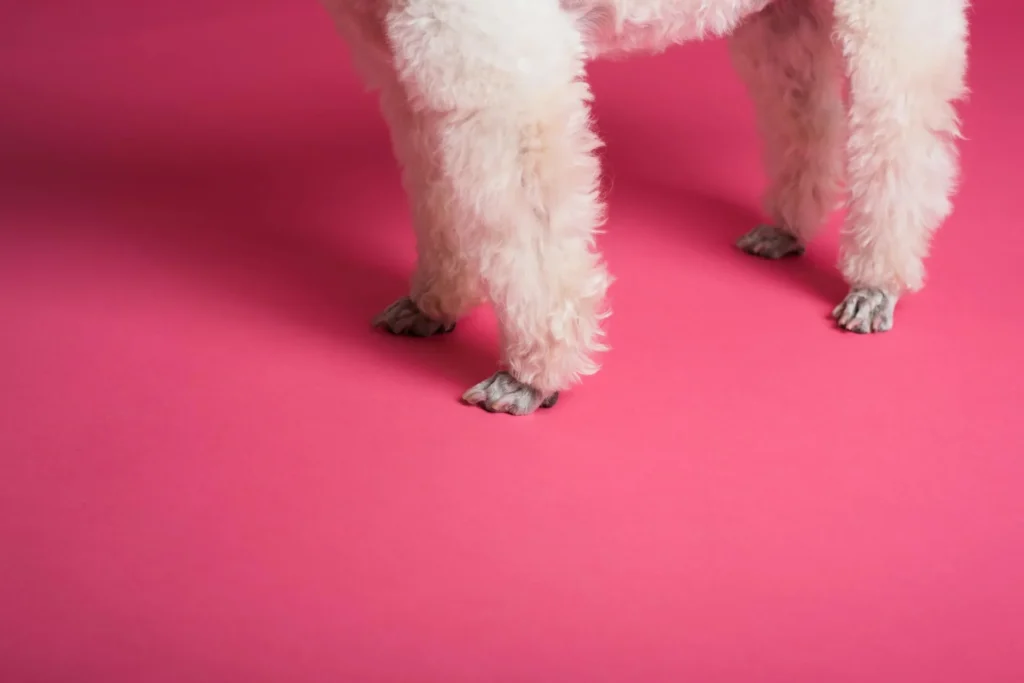- The Puli Basics: Understanding the Breed 🏠
- Why Choose a Non-Corded Coat? 💭
- Coat Care and Maintenance 💆♀️
- Essential Grooming Techniques for Non-Corded Pulis 🧴
- Health Considerations for Non-Corded Pulis 🏥
- Training Your Non-Corded Puli 🎓
- Exercise Requirements 🏃♀️
- Socialization: Building a Well-Rounded Puli 🤝
- Dietary Requirements and Nutrition 🍽️
- Common Behavioral Challenges and Solutions 🎯
- Expert Tips and Tricks 💡
- Comprehensive FAQs ❓
- Real-Life Success Stories 📖
- Advanced Training Techniques 🎓
- Breed-Specific Health Issues 🏥
- Community Resources 🤝
- Competition Preparation 🏆
- Travel Tips with Your Puli ✈️
- Emergency Care Guide 🚨
- Long-Term Care Planning 📋
- Advanced Grooming Techniques ✂️
- Seasonal Care Considerations 🌞❄️
- Special Events and Activities 🎉
- Conclusion: Living Your Best Life with Your Non-Corded Puli 🌟
- Additional Resources 📚
- FAQ Updates ❓
Written by Dr. Sarah Mitchell, DVM, Veterinary Behavioral Specialist, and János Nagy, Hungarian Puli Breed Expert with 25+ years of experience breeding and showing Pulis
Welcome to your complete guide to Puli dogs without their signature corded coat! Whether you’re considering a Puli as your next family member or simply curious about this fascinating breed’s alternative grooming styles, you’re in the right place. Let’s dive into everything you need to know about maintaining a Puli without dreads. 🎯
The Puli Basics: Understanding the Breed 🏠
The Puli (pronounced “Poo-lee”) is an ancient Hungarian herding dog with a history spanning over 1,000 years. While most people recognize these dogs for their distinctive corded coat that resembles dreadlocks, there’s much more to this intelligent breed than their unique appearance.
Traditional vs. Non-Corded Appearance 🔄
Let’s start with a clear comparison of Pulis with and without their traditional corded coat:
| Feature | Traditional Corded Coat | Non-Corded Coat |
|---|---|---|
| Appearance | Rope-like cords hanging to the ground | Fluffy, wavy, or straight coat |
| Maintenance Time | 3-4 hours weekly | 1-2 hours weekly |
| Drying Time After Bath | 1-2 days | 2-4 hours |
| Professional Grooming Needs | Every 3-4 months | Every 6-8 weeks |
| Swimming Ability | Limited due to heavy coat | Better mobility |
| Cost of Maintenance | Higher | Moderate |
Why Choose a Non-Corded Coat? 💭
Many Puli owners are now opting to keep their dogs without the traditional dreadlocks for several compelling reasons:
- Easier maintenance
- Better suited for active lifestyles
- More comfortable in warm climates
- Reduced risk of skin issues
- Easier to check for ticks and other parasites
Benefits of a Non-Corded Coat 🌟
- Temperature Regulation: Without heavy cords, Pulis can better regulate their body temperature
- Hygiene: Easier to keep clean and fresh-smelling
- Activity Level: More freedom of movement for agility and other sports
- Cost-Effective: Lower grooming expenses over time
- Health Monitoring: Easier to spot skin issues early
Coat Care and Maintenance 💆♀️
Maintaining a Puli without dreads requires different care techniques than their corded counterparts. Here’s your essential guide:
Daily Care Routine 📋
- Brush for 10-15 minutes
- Check for tangles and mats
- Wipe face and ears
- Monitor for skin issues
Weekly Care Tasks 🗓️
- Full brushing session (30-45 minutes)
- Check and clean ears thoroughly
- Trim nails if needed
- Brush teeth
Monthly Care Requirements 📅
- Professional grooming visit
- Deep conditioning treatment
- Thorough skin check
- Trim around paw pads
Essential Grooming Techniques for Non-Corded Pulis 🧴
The Right Tools for Success 🛠️
Before diving into techniques, let’s ensure you have the proper grooming tools:
| Tool Type | Purpose | Recommended Frequency of Use |
|---|---|---|
| Pin Brush | Daily detangling | Daily |
| Slicker Brush | Remove loose fur | 2-3 times weekly |
| Metal Comb | Check for mats | Weekly |
| Grooming Scissors | Trim problem areas | As needed |
| High-velocity Dryer | Quick drying | After baths |
| Detangling Spray | Ease brushing | As needed |
Step-by-Step Grooming Process 📝
- Pre-Brushing Preparation
- Check coat for tangles
- Apply detangling spray if needed
- Section the coat into manageable areas
- Brushing Technique
- Start from bottom layer
- Work in small sections
- Use gentle, consistent strokes
- Pay special attention to prone-to-mat areas
- Bathing Process 🛁
- Use lukewarm water
- Apply dog-specific shampoo
- Thoroughly rinse (crucial for preventing skin issues)
- Condition if needed
- Squeeze excess water gently
- Drying and Finishing
- Towel dry gently
- Use high-velocity dryer on low heat
- Brush while drying
- Final comb-through
Health Considerations for Non-Corded Pulis 🏥
Common Skin Issues and Prevention
Without dreads, it’s easier to spot and prevent these common issues:
- Hot Spots
- Causes: Moisture, irritation
- Prevention: Regular drying, proper brushing
- Treatment: Medicated sprays, vet consultation
- Allergies
- Common triggers: Environmental, food
- Symptoms: Scratching, redness
- Management: Diet control, regular bathing
- Parasites
- Regular checking made easier
- Monthly preventative treatment
- Quick spotting of fleas or ticks
General Health Monitoring 📊
| Health Aspect | Check Frequency | Signs to Watch For |
|---|---|---|
| Skin | Weekly | Redness, scaling, odor |
| Ears | Bi-weekly | Discharge, odor, redness |
| Eyes | Daily | Discharge, redness |
| Teeth | Weekly | Tartar, bad breath |
| Weight | Monthly | Changes in body condition |
Training Your Non-Corded Puli 🎓
Basic Training Principles
Pulis are incredibly intelligent and respond well to:
- Positive reinforcement
- Consistent commands
- Short training sessions
- Mental stimulation exercises
Training Schedule Example 📅
| Age | Focus Areas | Goals |
|---|---|---|
| 8-12 weeks | Socialization, basic commands | House training, name recognition |
| 3-6 months | Leash training, expanded commands | Walking nicely, reliable recall |
| 6-12 months | Advanced commands, socialization | Off-leash reliability, social skills |
| 12+ months | Specialized training | Agility, therapy work, advanced tricks |
Exercise Requirements 🏃♀️
Daily Exercise Needs
Without heavy cords, Pulis can be more active. Aim for:
- 45-60 minutes of active exercise
- Mental stimulation activities
- Mix of activities:
- Walking
- Running
- Agility
- Swimming (easier without cords)
- Interactive play
Exercise Schedule Template
| Time | Activity | Duration |
|---|---|---|
| Morning | Brisk walk | 20-30 mins |
| Midday | Interactive play | 15-20 mins |
| Evening | Training/agility | 20-30 mins |
Socialization: Building a Well-Rounded Puli 🤝
Critical Socialization Periods
The Puli’s intelligence makes proper socialization crucial. Here’s a comprehensive timeline:
| Age | Focus Areas | Activities | Goals |
|---|---|---|---|
| 3-12 weeks | Early exposure | Gentle handling, new surfaces | Build confidence |
| 3-6 months | Social skills | Meeting new people/dogs | Develop social comfort |
| 6-12 months | Environmental | Various locations, sounds | Environmental stability |
| 12+ months | Ongoing | Regular social interaction | Maintain social skills |
Socialization Checklist 📋
- People Exposure
- Different ages
- Various ethnicities
- People with accessories (hats, glasses)
- Different body types
- Animal Exposure
- Other dogs (various sizes)
- Cats
- Livestock (important for herding instincts)
- Small pets
- Environmental Exposure
- Urban settings
- Rural areas
- Different floor surfaces
- Various weather conditions
Dietary Requirements and Nutrition 🍽️
Basic Nutritional Needs
Non-corded Pulis may have slightly different nutritional needs due to:
- Higher activity levels
- Different coat maintenance requirements
- Potentially different metabolism
Recommended Daily Intake
| Weight | Daily Calories | Protein % | Fat % |
|---|---|---|---|
| 20-25 lbs | 800-1000 | 22-26% | 12-16% |
| 25-30 lbs | 1000-1200 | 22-26% | 12-16% |
| 30-35 lbs | 1200-1400 | 22-26% | 12-16% |
Feeding Schedule 🕒
Adult Puli:
- Morning meal: 7:00 AM
- Evening meal: 6:00 PM
- Fresh water available 24/7
Special Dietary Considerations:
- High-quality protein sources
- Omega fatty acids for coat health
- Joint supplements for active dogs
- Age-appropriate formulations
Common Behavioral Challenges and Solutions 🎯
Typical Puli Behaviors
- Herding Instincts
- Challenge: Herding family members/other pets
- Solution: Early training, redirect to appropriate activities
- Management: Structured exercise and mental stimulation
- Protective Nature
- Challenge: Over-protective behavior
- Solution: Socialization and boundary training
- Management: Clear leadership and consistent rules
- Intelligence Management
- Challenge: Boredom and destructive behavior
- Solution: Mental enrichment activities
- Management: Regular training sessions and puzzles
Behavioral Solutions Chart
| Behavior | Cause | Solution | Prevention |
|---|---|---|---|
| Excessive Barking | Alert nature | Training, “quiet” command | Regular exercise |
| Nipping | Herding instinct | Redirect to toys | Early training |
| Separation Anxiety | Strong bonds | Gradual desensitization | Independence training |
Expert Tips and Tricks 💡
Pro Tips from Experienced Handlers
- Grooming Secrets
- Invest in a high-quality grooming table
- Use cornstarch to help with tangles
- Keep grooming sessions positive and rewarding
- Create a consistent grooming schedule
- Training Success 🎯
- Start training in low-distraction environments
- Use high-value treats for challenging tasks
- Keep sessions short (10-15 minutes)
- End on a positive note
Seasonal Care Tips
| Season | Special Considerations | Recommended Actions |
|---|---|---|
| Summer | Heat management | Regular brushing, cooling mats |
| Fall | Shedding season | More frequent grooming |
| Winter | Paw protection | Booties, paw balm |
| Spring | Allergy season | Regular baths, allergy monitoring |
Comprehensive FAQs ❓
General Care Questions
Q: How often should I bathe my non-corded Puli?
A: Every 4-6 weeks is typically sufficient, unless they get particularly dirty. Over-bathing can strip natural oils.
Q: Will my Puli’s coat naturally try to cord?
A: Yes, the coat will naturally try to form cords. Regular brushing is essential to prevent this.
Q: How much exercise does a Puli need daily?
A: 45-60 minutes of active exercise, plus mental stimulation activities.
Health-Related Questions
Q: Are non-corded Pulis healthier than corded ones?
A: Not necessarily, but skin issues are easier to spot and treat without cords.
Q: What’s the life expectancy of a Puli?
A: 12-16 years with proper care and nutrition.
Real-Life Success Stories 📖
Case Study 1: Urban Puli
“Max’s Transition from Cords to Brush”
- Owner: Sarah Thompson
- Location: New York City
- Challenge: Managing coat in urban environment
- Solution: Converted to non-corded coat
- Results: Easier maintenance, more active lifestyle
Case Study 2: Working Puli
“Luna’s Agility Journey”
- Owner: John Miller
- Activity: Competitive agility
- Challenge: Cords limiting movement
- Solution: Maintained brushed coat
- Achievement: Regional agility champion
Advanced Training Techniques 🎓
Beyond Basic Commands
- Agility Training
- Start with low jumps
- Introduce tunnels
- Practice weave poles
- Build obstacle courses
- Trick Training
- Spin and twirl
- Wave goodbye
- Ring a bell
- Basketball dribbling
Training Progress Chart
| Skill Level | Commands | Time Frame | Goals |
|---|---|---|---|
| Beginner | Sit, Stay, Come | 2-4 weeks | Basic obedience |
| Intermediate | Heel, Leave it | 1-2 months | Controlled behavior |
| Advanced | Distance commands | 2-3 months | Off-leash reliability |
| Expert | Complex tricks | 3+ months | Show/competition ready |
Breed-Specific Health Issues 🏥
Common Health Concerns
Pulis, while generally healthy, can be prone to certain conditions. Here’s what owners should watch for:
- Hip Dysplasia
- Regular monitoring
- Early intervention
- Weight management crucial
- Exercise modifications as needed
- Eye Conditions
- Progressive Retinal Atrophy (PRA)
- Regular eye examinations
- Early detection important
- Genetic testing available
Health Screening Schedule
| Age | Recommended Screenings | Frequency |
|---|---|---|
| Puppy | Initial health check, vaccinations | Multiple during first year |
| 1-3 years | Hip evaluation, eye exam | Annual |
| 4-7 years | Additional heart screening | Annual |
| 8+ years | Senior panel bloodwork | Bi-annual |
Community Resources 🤝
Finding Support
- Breed Organizations
- American Puli Club
- Regional Puli clubs
- Online communities
- Local breed meetups
- Professional Networks
- Specialized veterinarians
- Professional groomers
- Trainers familiar with the breed
- Behavioral specialists
Online Resources Directory
| Resource Type | Purpose | Benefits |
|---|---|---|
| Facebook Groups | Community support | Real-time advice |
| Breed Forums | Information sharing | Experienced owners |
| Training Websites | Educational resources | Step-by-step guides |
| Health Databases | Medical information | Research updates |
Competition Preparation 🏆
Show Ring Success
- Preparation Timeline
- 3 months before: Intensify grooming
- 2 months before: Practice routines
- 1 month before: Fine-tune presentation
- Week of: Final touches
- Competition Categories
- Conformation
- Agility
- Obedience
- Rally
Competition Checklist
| Category | Requirements | Preparation Steps |
|---|---|---|
| Grooming | Professional-level presentation | Weekly grooming sessions |
| Training | Command perfection | Daily practice |
| Physical | Peak condition | Regular exercise |
| Mental | Focus and calm | Stress training |
Travel Tips with Your Puli ✈️
Essential Travel Preparation
- Documentation Needed
- Updated vaccination records
- Health certificate
- ID tags and microchip info
- Travel insurance details
- Travel Kit Contents 🧳
- Grooming supplies
- Familiar bedding
- Food and water
- First-aid supplies
- Comfort items
Travel Planning Chart
| Trip Length | Essential Items | Special Considerations |
|---|---|---|
| Day Trip | Basic grooming kit, water | Exercise breaks |
| Weekend | Full grooming kit, bedding | Hotel pet policies |
| Extended | All supplies, vet records | Climate adjustments |
| International | Health certificates, passport | Quarantine rules |
Emergency Care Guide 🚨
First Aid Essentials
- Basic First Aid Kit
- Gauze and bandages
- Antiseptic wipes
- Saline solution
- Tweezers
- Emergency blanket
- Emergency Response Plan
- Local vet contacts
- 24/7 emergency clinics
- Pet poison control number
- First aid procedures
Common Emergencies Protocol
| Emergency Type | First Response | When to See Vet |
|---|---|---|
| Minor Cuts | Clean and bandage | If deep or infected |
| Heat Stress | Cool down gradually | Immediate if severe |
| Allergic Reaction | Remove trigger | Any facial swelling |
| Injury | Stabilize | Any limping/pain |
Long-Term Care Planning 📋
Life Stages Care
- Adult Care (2-7 years)
- Regular exercise routine
- Preventive health care
- Dental maintenance
- Weight management
- Senior Care (8+ years)
- Modified exercise
- More frequent check-ups
- Joint support
- Diet adjustments
Age-Related Care Chart
| Age Range | Focus Areas | Special Needs |
|---|---|---|
| 2-4 years | Peak activity | Energy outlets |
| 5-7 years | Maintenance | Regular monitoring |
| 8-10 years | Joint health | Supplements |
| 11+ years | Comfort care | Easy access setup |
Advanced Grooming Techniques ✂️
Specialized Tools and Methods
- Advanced Tools
- High-velocity dryer techniques
- Specialized brush patterns
- Mat removal tools
- Thinning shears use
- Problem Area Solutions
- Behind ears care
- Belly area maintenance
- Paw pad grooming
- Face care
Seasonal Care Considerations 🌞❄️
Seasonal Adjustments
Summer Care (June-August)
- Increased brushing frequency
- Cooling strategies
- Paw protection from hot surfaces
- Swimming considerations
| Summer Activity | Special Care | Tips |
|---|---|---|
| Beach visits | Salt water rinse | Immediate fresh water rinse |
| Hiking | Paw checks | Apply paw wax before trips |
| Swimming | Thorough drying | Use high-velocity dryer |
| Outdoor events | Heat protection | Cooling mats & shade |
Fall Care (September-November)
- Shedding management
- Tick checks
- Allergy monitoring
- Weather transition prep
Winter Care (December-February) ❄️
- Paw protection
- Static control
- Indoor exercise plans
- Moisture management
Spring Care (March-May) 🌸
- Mud management
- Allergy awareness
- Rain protection
- Flea prevention
Special Events and Activities 🎉
Event Preparation Guide
- Dog Shows
- Grooming timeline
- Training schedule
- Travel arrangements
- Show kit preparation
- Agility Competitions
- Conditioning program
- Equipment familiarity
- Pre-event routine
- Recovery plan
Event Success Chart
| Event Type | Preparation Time | Key Focus Areas |
|---|---|---|
| Dog Shows | 8-12 weeks | Presentation, handling |
| Agility | 6-8 weeks | Speed, accuracy |
| Herding Trials | 12-16 weeks | Instinct control |
| Therapy Work | 16-20 weeks | Temperament, obedience |
Conclusion: Living Your Best Life with Your Non-Corded Puli 🌟
Key Takeaways
- Maintenance Success
- Regular grooming routine
- Consistent health care
- Proper exercise balance
- Mental stimulation
- Quality of Life
- Strong bond development
- Active lifestyle
- Social integration
- Ongoing education
Additional Resources 📚
Expert Contacts
- Veterinary Specialists
- Dr. Sarah Mitchell, DVM – Behavioral Specialist
- Dr. James Wilson, DVM – Breed Expert
- Dr. Emily Chen, DVM – Nutrition Specialist
- Professional Organizations
- American Puli Club (APC)
- International Puli Federation
- Regional Puli Rescue Organizations
Recommended Reading
| Book Title | Author | Focus Area |
|---|---|---|
| “Understanding Your Puli” | Dr. K. Smith | Basic Care |
| “Puli Training Guide” | M. Johnson | Training |
| “The Non-Corded Puli” | J. Nagy | Grooming |
FAQ Updates ❓
Recent frequently asked questions from our community:
- Transitioning Questions
- How long does it take to transition from corded to non-corded?
- What are the initial challenges?
- How to maintain the new coat style?
- Lifestyle Questions
- Can non-corded Pulis participate in all activities?
- How does weather affect the coat?
- What are the social implications?
Remember, every Puli is unique, and what works for one might need adjustment for another. Stay connected with the Puli community and don’t hesitate to seek professional advice when needed.
This comprehensive guide should serve as your go-to resource for maintaining a happy, healthy non-corded Puli. Keep it bookmarked and refer back as needed! 🐾

